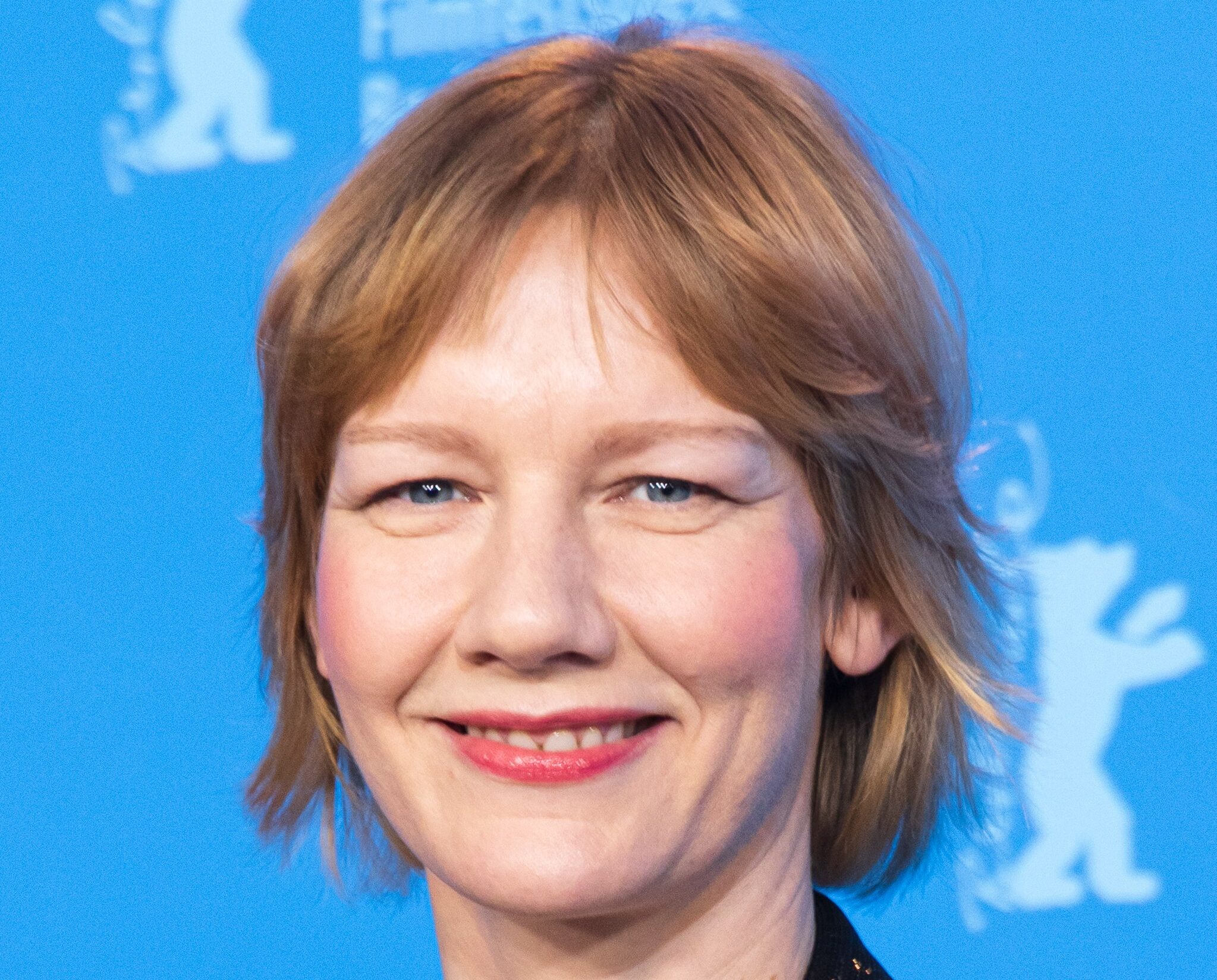Hamlet

(Photo © Joan Marcus)
One thing that can absolutely be said about Michael Cumpsty’s portrayal of the Danish Prince in Brian Kulick’s literally up-and-down production of Hamlet is that it’s spoken trippingly on the tongue. Everything Cumpsty declaims is lucid and comprehensible — and that’s a mighty big plus. It means that what Shakespeare wrote neatly matches what the audience hears, which isn’t always the case in today’s theater.
Felicitous delivery is, of course, what the not-really-so-melancholy Dane suggests to the players when they arrive for a gig at the increasingly dysfunctional Elsinore. Hamlet also says in his non-iambic pentameter speech to the troubadours that, “in the very torrent, tempest, and, as I may say, whirlwind of passion, you must acquire and beget a temperance that may give it smoothness. Oh, it offends me to the very soul to hear a robustious, periwig-pated fellow tear a passion to tatters.” This is a helpful tip that Cumpsty acknowledges in the Classic Stage Company’s newsletter when he speaks of the necessity to keep his acting “true to life and not let it become hammy and stagy.”
There’s no comfort, then, in reporting that Cumpsty doesn’t entirely heed either Hamlet or himself. Through the famous soliloquies, he gives Hamlet’s understandable fury such unmodulated intensity that he undercuts both sympathy and credibility. So steel-jawed that he might have been shaped by someone using a T-square and so red in the face that he could be offspring to a beet, Cumpsty begins his performance in high dudgeon and only ratchets up his ire as the acts and fatalities accumulate.
This isn’t a Hamlet whose problem is an inability to take action; rather, he’s proactive to a fault. When enraged, he begins to look more like a ghost than his father’s apparition does, the lanky player’s pupils rolling up until they all but disappear and he assumes a ghoulish affect. Cumpsty spends more time prone than most any other Hamlet we’ve seen; he’s forever sinking to his knees, collapsing on the floor or heaving himself on top of Gertrude or Ophelia’s coffin. Hammy and stagey? I’m afraid so. All of this was presumably approved by director/CSC artistic director Brian Kulick, who’s so devoted to Shakespeare and his colleagues that he includes an Elizabethan reading series in his season. Just as all (or most) actors want to see what they can do with this bottomlessly deep protagonist, Kulick wants to find out what he can bring to the play. Like so many of his predecessors, he gets a great deal right and some things woefully wrong.
His overall conceit for the production’s look is its major asset. Taking a cue from the white box with which Peter Brook stunned the theater world when he rejuvenated A Midsummer Night’s Dream, Kulick and set designer Mark Wendland have constructed a four-wall white environment that gets trashed along Shakespeare’s pessimistic way. The walls become loud with graffiti; they’re slashed and ripped down; objects are thrown through them. All of this is in keeping with the erosion of nature constantly mentioned in the scabrous lines. Furthermore, costume designer Oana Botez-Ban has dressed the cast in either white or black — the men in more or less contemporary outfits, the women in ’50s cocktail frocks. (The bright and dimmer lights were programmed by Brian H. Scott, while Jorge Muelle has provided fright-night music and sound effects.)
Using nine actors to fill all the roles, Kulick scores most consistently with Caroline Lagerfelt as Gertrude and Herb Foster as Polonius. The former, whose regal bearing is always tinged with puzzled concern, gives a heart-rending reading of Ophelia’s drowning. The latter brings amusing subtlety to Polonius’s prolixity. He does what so many actors find difficult to do, getting laughs by not going for them. Graham Winton, one of Manhattan’s most reliable if unsung Shakespeareans, is a staunch but sensitive Horatio; Jon DeVries is a very palpable Dad Hamlet, a histrionic Player King, a commendably off-hand gravedigger, and a fine eulogizing Fortinbras. Karl Kenzler and Jason Ma take on a number of assignments with more than adequate results
Where Kulick comes a cropper is with Robert Dorfman’s Claudius and Kellie Overbey’s Ophelia. For some reason, Kulick and Dorfman imagine Claudius to be a foppish successor to the elder Hamlet; he doesn’t speak the speeches trippingly on the tongue so much as trip-hammerly on the tongue. When Dorfman admits Claudius’s guilt at prayer, he’s so hysterical that he borders on being the wrong kind of hysterical. For her part, Overbey speaks her speeches as if she’s tripping over her tongue. Pretty as a picture, she’s much better to be seen than heard.
Memorably, Kulick begins his Hamlet with an unconventional approach. He has theatergoers gather within the set’s four walls while Francisco, Bernardo, and Horatio roam the rows of seats as if they’re ramparts. Eventually, the actors thread through the ranks of paying customers, chasing the specter they believe to be the late Hamlet. It’s an effective notion and instantly involving. But once the scene ends, the house lights come up, and the ticket buyers finally sit down after taking too many minutes to do so, Kulick’s canny spell is broken. That’s a harbinger of many ensuing spells that are interrupted during this intermittently moving Hamlet.












